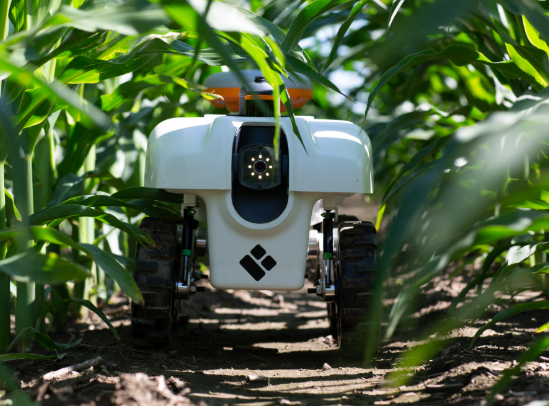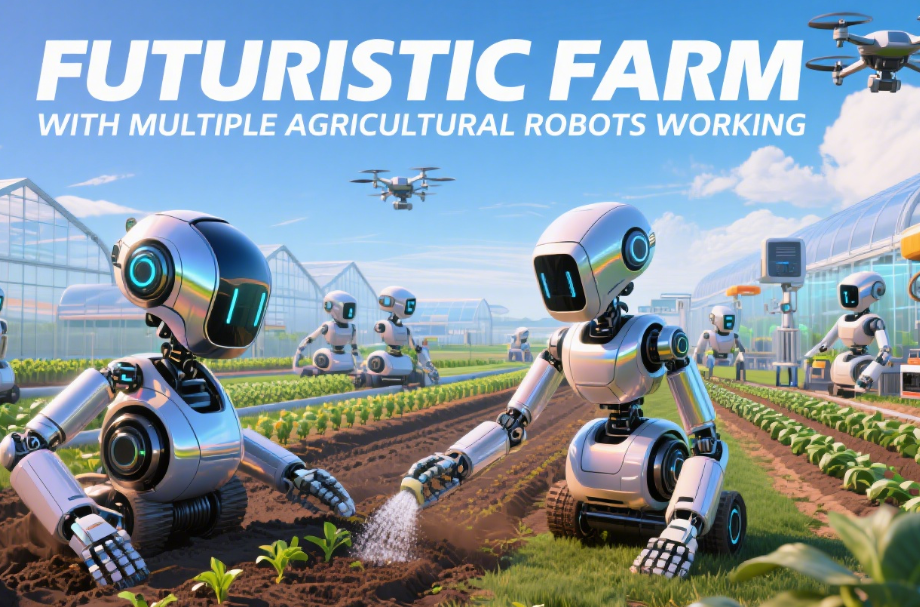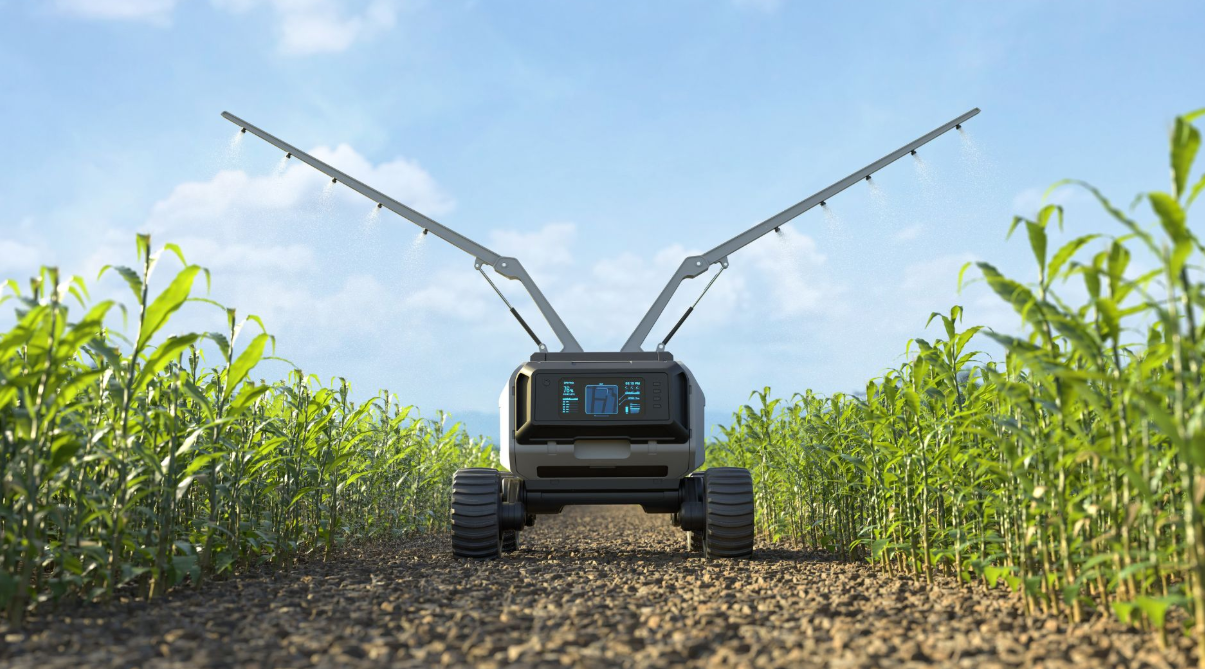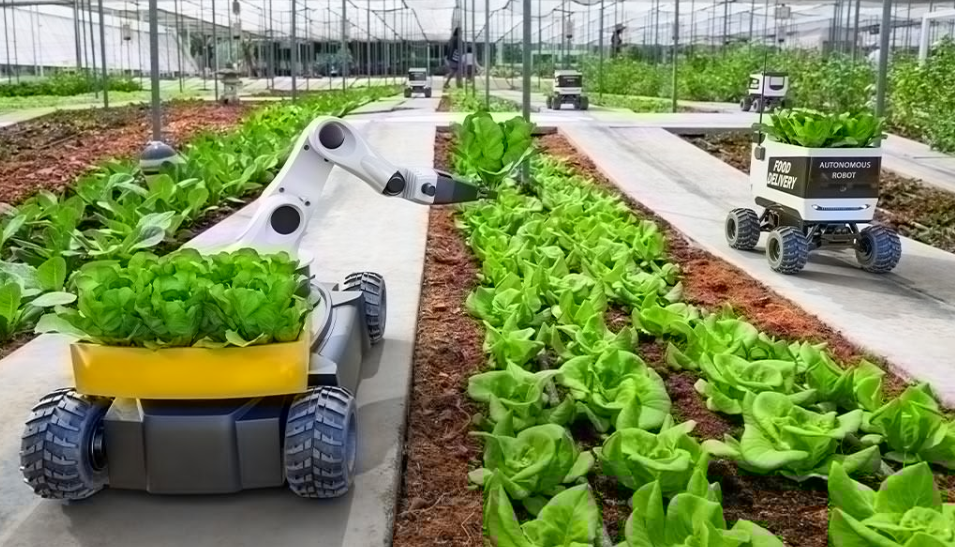Precision agriculture is being revolutionised by AI technology, with precision agriculture AI data fragmentation becoming a hot topic in the industry. As smart farming devices and sensors become more widespread, the issue of data fragmentation is becoming increasingly prominent. If you want to understand how precision agriculture can achieve efficient collaboration, data integration, and intelligent decision-making empowered by AI, this article will take you deep into the challenges and solutions, helping agricultural producers achieve higher yields and sustainable development.
Why Has Data Fragmentation Become the 'Roadblock' for Precision Agriculture AI? ??
The essence of precision agriculture is to drive agricultural intelligence with AI and big data. However, in reality, sensors, drones, satellites, irrigation control systems and other devices in the field often operate independently, generating data in different formats, stored in separate locations, with incompatible interfaces, resulting in severe data fragmentation.Problems caused by fragmentation include: difficulty in data integration and analysis, limited AI model training, delayed decision-making, and even missed optimal management opportunities for farmers.
For example: the soil moisture, weather, and crop growth status of a plot are collected by devices from different manufacturers, with data uploaded to separate clouds. For the AI system to analyse the whole picture in real time, it must piece together data from everywhere, which is time-consuming and inefficient.
Five Practical Steps to Overcome Data Fragmentation ??
To truly implement precision agriculture AI, systematic solutions to data fragmentation are essential. Here are five steps every agri-tech professional should carefully consider:
1. Thoroughly Map Data Sources and Build a Unified Data Catalogue
Start by identifying all data sources inside and outside the farm, including sensors, weather stations, drones, remote sensing imagery, and machinery operation records. Assign each data source an ID and archive it, creating a unified data catalogue for easier management and access. This catalogue acts as the farm's data 'ID card', ensuring every data point has a traceable origin.2. Promote Standardised Data Formats and Interface Protocols
One of the root causes of fragmentation is manufacturers working in silos, resulting in diverse data formats. Farms and agri-businesses should promote industry standards, prioritise equipment supporting mainstream data interfaces (such as MQTT, RESTful API), or use open-source middleware for data format conversion. This ensures seamless integration of all devices into the AI system.3. Centralise Data Storage and Break Down Information Silos
Aggregate all data streams onto a unified data platform, such as a private cloud, hybrid cloud, or specialised agricultural data lake. Data hub technology can then automatically standardise, deduplicate, and clean data from different sources and formats. This allows AI models to access complete datasets directly, improving analysis efficiency and prediction accuracy.









